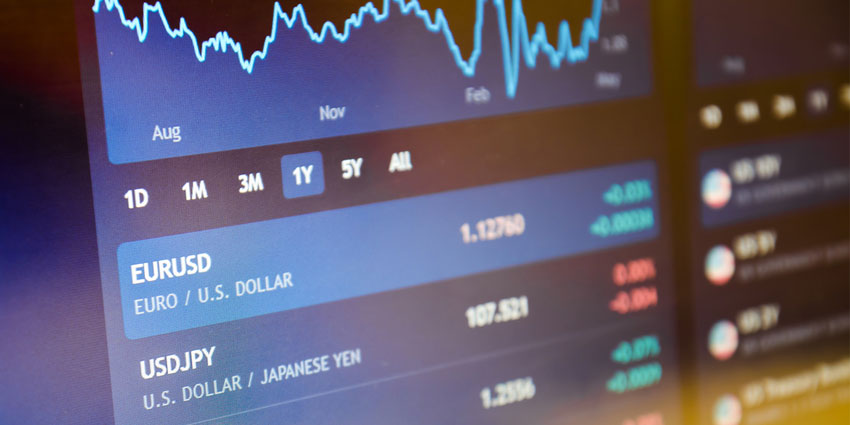The forex market is the place where people may buy, sell, swap, and make assumptions about currencies. Banks, economic enterprises, monetary authorities, wealth management groups, investment firms, retail forex dealers, and venture capitalists make up the forex markets. The forex market is the major international financial market, handling billions of dollars in transaction records every day.
The foreign exchange industry is controlled by a worldwide distribution network and brokerage firms from all over the world, rather than by single financial intermediation. Central banks employ their huge purchasing and selling capacities to influence currency rates using open market activity, and in most cases, they are doing it for strategic objectives rather than profit. Forex brokers also operate as market participants and may publish bids and offer prices for a currency pair that deviates from the economy’s most competitive process. People interested in pursuing a career in this domain, learn forex trading by enrolling in specialized courses to master the skills and techniques governing its core functionalities. Some essential components are impacting this sector including the ones mentioned below:
1. Trade on Fluctuations
Trade on fluctuations is a method for profiting from existing market moves, either for or against a movement. Trade on fluctuations is often done at any time, although it is most commonly used for short and intermediate trades, with optional deferral of the deal until the following trading session.
2. Trade on News:
The approach of trading in news is focused on major economic developments and financial information. As a norm, news trading is a fairly short-term approach since the trader must consider how the Forex market will respond to each and every financial occurrence. When real economic data differ significantly from expectations, there are typically significant swings in an exchange rate, giving traders the opportunity to make quick money.
3. The strategy of carrying out trade
The carry strategy entails the acquisition of currency with a relatively high ratio of interest and the selling of currency with a reasonable interest rate, allowing for a return on the difference. Traders that use the Carry approach typically close long-term deals. In a perfect scenario, the trader would have to endure until the currency with the significantly greater interest percentage rises in relation to the currencies with the relatively low-interest ratio in order to benefit even more.
4. Trade on a Trend
Trading on a trend is centered on detecting and then adopting a specific economic movement pattern. Trading on a trend can be done at any transitory period; although, it is most productive at long-term trading with continual deferral of operations for the following trading sessions. They use the index to spot patterns as well.
In the Forex market, the processing cost is probably the ratio between the purchases and sell prices of every exchange rate. There are no additional charges, let alone management fees. Both the stock and commodities markets include transaction and brokerage charges. Even if you employ inexpensive brokers, the costs mount up. In most cases, there are no hidden fees in Forex trading. So, if you are planning to give it a try, then you must sign up for this course now!

